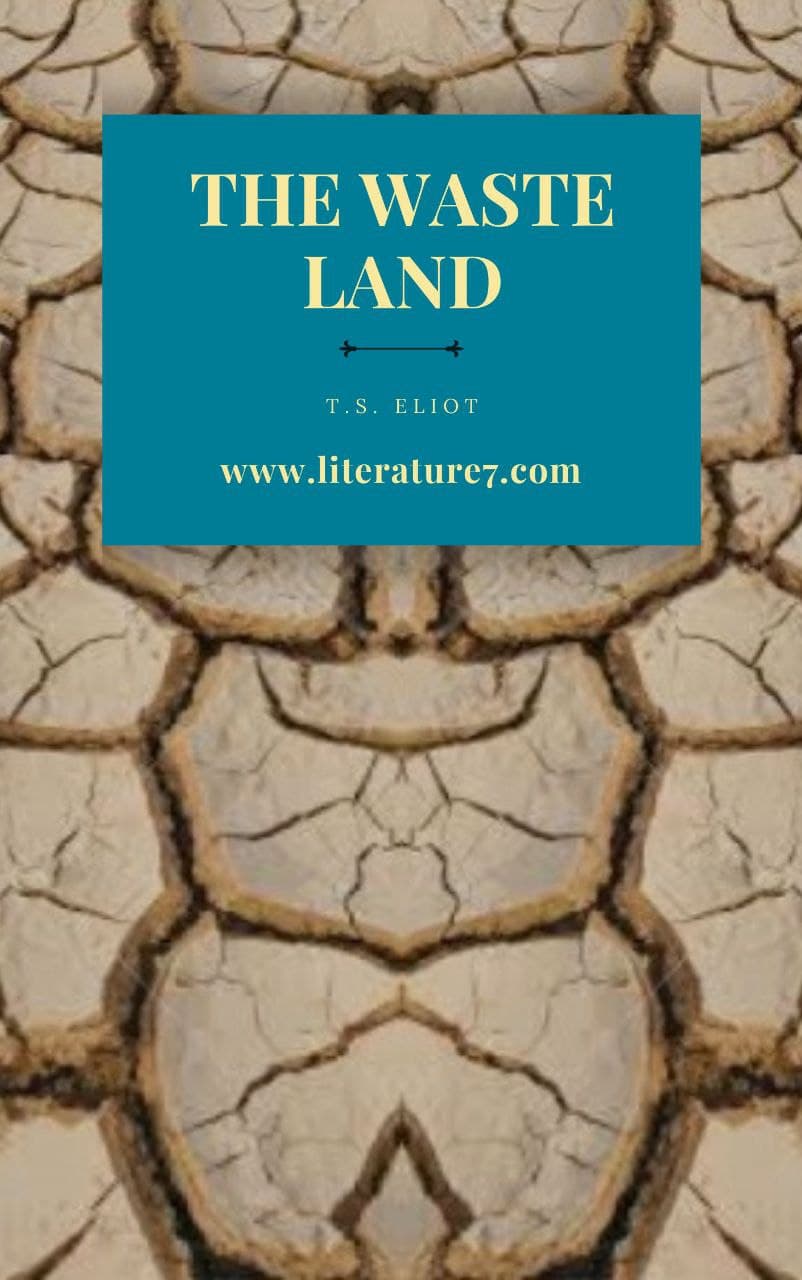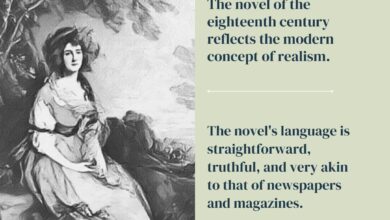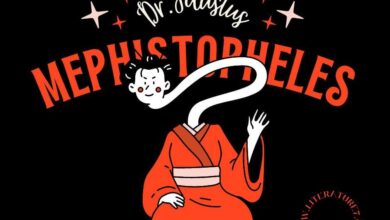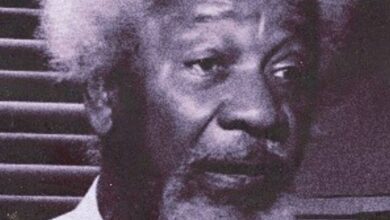The Waste Land Theme
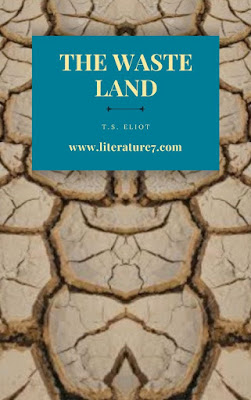
T.S. Eliot’s best and most difficult work The Waste Land, is one of the most influential figures in twentieth-century literature. Eliot’s poetry is replete with references. The poet drew the primary symbol for ‘The Waste Land’ from Jessie Weston’s book, From Ritual to Romance. Jessie Weston recounts an ancient tale of a cursed land ruled by an impotent ‘Fisher King.’ His state was reflected in his empire, which lacked both animal reproduction and crop development. The curse could be removed if a knight travelled to the kingdom and found the meanings of the symbols strewn around the castle.
Read more Plot Construction of Dr. Faustus
Eliot expands on this by writing about the misery, emptiness, and meaninglessness of existence in modern cities, where none of the old values is upheld, and no new ones are born in their place. As a result of the ensuing vacuum, the people who seem to occupy yet another wasteland’ become spiritually starved. Thus, the poet straddles two distinct worlds – that of ancient legend and the post-war England in which he was writing (the poem was published in 1922).
Death is a recurring theme in Eliot’s work, and it also runs along all the seemingly disconnected lines of The Waste Land’. According to critics, when reading Eliot, the reader should consider the images as they come, and the meaning will reveal itself at the conclusion.
